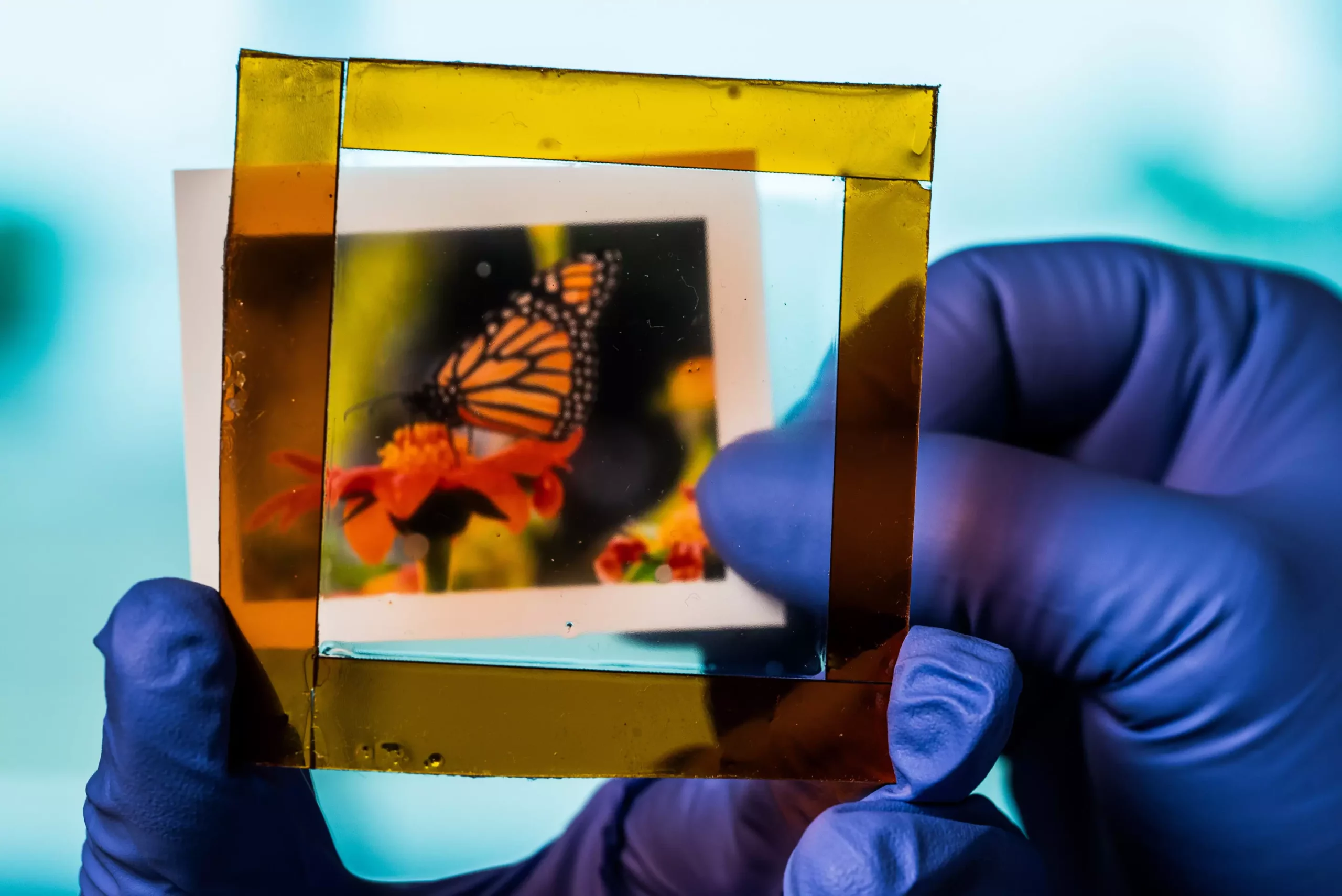In an age where global temperatures are fluctuating alarmingly and severe heat waves increasingly threaten public health, the demand for effective indoor cooling solutions has reached critical levels. Air conditioning units are a common response to rising heat, but they come with substantial drawbacks, accounting for approximately 7% of the world’s total energy consumption and contributing about 3% to global carbon emissions. This sum is particularly concerning in a world striving to combat climate change and reduce carbon footprints. Therefore, there exists a pressing need to innovate more sustainable cooling methods that minimize energy usage while maximizing comfort indoors.
One promising avenue for addressing this challenge lies in the development of thermochromic materials—substances that can change their transparency based on temperature variations. By integrating such materials into the architecture of buildings or vehicles, it becomes possible to regulate heat intake without consuming excessive energy. Up until now, commercially available thermochromic materials have suffered from significant limitations, including high costs and a tendency to degrade over time. It is this gap in the market that researchers from Rice University, led by esteemed engineer Pulickel Ajayan, have sought to fill.
Unveiled in a recent study published in the journal *Joule*, Rice University has introduced an advanced polymer blend that promises not only superior thermal regulation but also enhanced durability and responsiveness compared to its predecessors. The scientists combined organic and inorganic elements to create a new thermochromic material that significantly mitigates the shortcomings of traditional options. With the potential to reduce indoor temperatures and energy expenditures, this innovation could redefine how we approach climate control in buildings.
One of the key aspects highlighted by Sreehari Saju, a doctoral student involved in the research, is the smart material’s ability to transform from transparent to opaque as day temperatures rise. This innovative property allows sunlight to penetrate in cooler conditions while providing protection against excessive heat during peak temperatures. It stands to reason that this smart functionality could be transformative for energy usage in buildings, potentially affecting not only energy costs but also carbon emissions generated by cooling systems.
The research team employed a dual approach, incorporating both experimental methods and computational simulations to optimize their polymer blend’s properties. By testing the material’s reactions in different environmental scenarios, including various urban climates, they meticulously analyzed its practicality for large-scale deployment. Anand Puthirath, another co-lead author of the study, emphasized the innovative combinations of materials and techniques that were previously untested. Through systematic experimentation, the researchers were able to corroborate the durability and efficacy of their new thermochromic substance.
The synthesis of the new smart material involved mixing two proprietary polymers with a saline compound to create a system capable of smooth transitions in transparency as temperatures fluctuate. Notably, this product not only meets the immediate need for efficient thermal regulation but also boasts a projected operational lifespan of 60 years, significantly outpacing the durability of existing thermochromic materials.
The implications of these findings resonate beyond the laboratory; they pave the way for a more sustainable architectural future. Ajayan underscored the shift this new material represents within smart materials technology, reinforcing the viability and practicality of implementing thermochromics on a larger scale. By addressing fundamental challenges in energy efficiency, this work contributes significantly to the ongoing efforts aimed at promoting environmentally friendly design and construction practices.
Moreover, collaboration with universities and research institutions, such as the Chinese University of Hong Kong, demonstrates a convergence of international expertise optimizing the device’s capabilities and applications. As communities grapple with extreme weather, the promise of smart windows and similar technologies emerges as a beacon of hope—a potential pillar in the framework of modern sustainable architecture.
The development of this advanced thermochromic polymer blend by Rice University is not merely an academic achievement; it represents a vital step forward in the quest for sustainable energy practices in indoor climate control. The future of building design may indeed lie in the smart materials that allow us to harness nature’s energy without succumbing to its extremes.


Leave a Reply